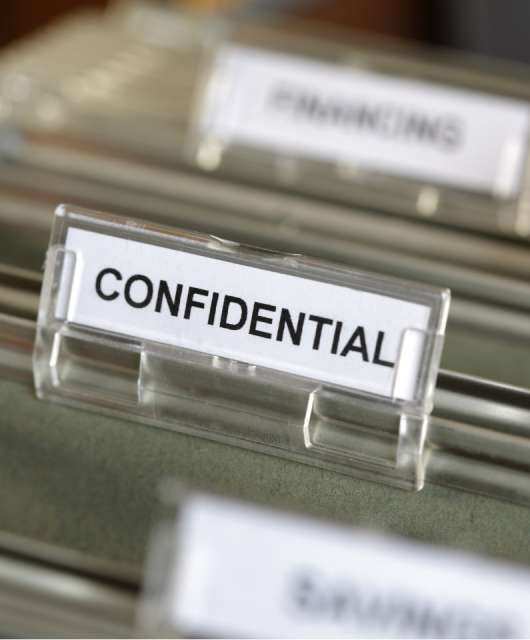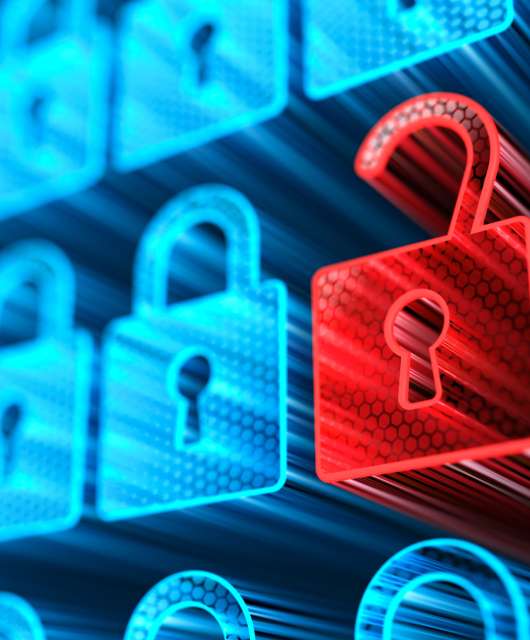Millions of children are back to school. Some of them are physically back to school, while others continue to practice distance learning from home. Whatever the case, little ones from all school-age years are more and more relying on technology to conduct school tasks. While technology is in place to ease their lives and make engagement more appealing, it also comes with many risks that may look obvious to adults but sadly are not as clear for children.
Having a conversation with your kids about technology and how to stay safe might help them feel more comfortable using digital tools for education and hopefully will protect them from becoming victims. Children sometimes are more knowledgeable than their parents and grandparents, but understanding technology does not necessarily mean that they understand the risks associated with it. Here are the top five back to school cyber security tips that we believe are worth mentioning to newbies and seasoned school-goers.
Familiarize yourself with the tech tools used by your child
Distance learning and the transition to at-home education have made children very dependent on technology. One of the first things that parents should consider doing before opening the conversation about cyber security is familiarizing themselves with the digital environemnt and the equipment their children are using. You can learn more about it by simply asking your child to show you how their day is going. Knowing what they do on those laptops/tablets will help parents give better recommendations.
Clicking on sketchy links is not a good idea
Keep in mind that your kids have grown in a wholly digital world. While some modern-day parents have lived through the development of the digital age and remember the old days, your little ones have likely never experienced non-digital life. So, explaining the dangers of opening emails that they do not recognize, or clicking on random links, can have real-life consequences. Hackers love easy targets, and children are certainly one of the most vulnerable and susceptible groups out there. Hackers do not care who opens the door for them, as long as they get in.
Cyberbullying and the lack of anonymity
While some parents grew up in the wild west of the internet’s early days when anonymity was relatively possible, in the 21st century, things changed drastically, and anything that you write or post on a digital device may be recorded and stored somewhere for others to see. Especially if it is school-provided equipment. Explain to your children that they should report cyberbullying and should not ever feel tempted to be the ones who bully. Same as in real life, actions have consequences. Make it clear that anything they say or share online or in instant messaging apps must be something they feel comfortable yelling through the school window for everyone to hear. The quicker children realize that what they say is not anonymous, the less likely it will be for them to get into trouble.
Password hygiene
Talking about password hygiene to your children is almost as important as talking about physical hygiene. Tell them that there might be severe consequences if they use the same password or share their password with friends. Relationships between school children change in a heartbeat, and sharing more than you have to may end up costing time and money. The last thing you want to do is to work with your panicked child after his buddy logged into his account and deleted his work or project the night before an assignment must be submitted. Having a solid and secure password is as important for adults as well as children.
Sexting
While this is not common for younger children, kids in intermediate and high school may feel tempted to cross boundaries that should not be crossed. A simple mistake done in the teenage years can have life-long lasting effects. What some may think is just an innocent flirt might be interpreted by others as harassment. So keeping it “professional” might be hard to explain for high-schoolers but explaining that relationships evolve rather quickly in those ages is a must. Tell them that it is always recommended to be vigilant and not feel tempted to cross boundaries as others may find them offensive.
Conveying the tips to your children might feel like a tedious task, but it is essential to make sure they are aware of the dangers and know how to avoid scrutiny. Technology is changing the lives of everybody, not only adults but school children too, and it is your responsibility as a parent to explain the dangers out there to the best of your knowledge. Would they listen? No one knows, but at least you’ve prepared them, and you’ve quipped all their connected devices with antivirus software that keeps an extra eye on them during schooltime.









1 comment
Thanks for these useful security tips for getting back to school for kids. We all can try more data protection with DDos protection from Mazebolt kind of security.